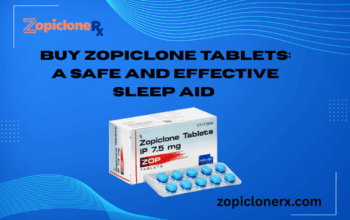Meal replacement proteins have become increasingly popular as convenient and effective ways to manage weight, boost nutrition, and support fitness goals. However, with countless options available, selecting the right one for your specific needs can feel overwhelming. This guide will navigate you through the process of choosing the best meal replacement protein, considering your body type, goals, and dietary restrictions.
Understanding Your Body Type and Fitness Goals
Before diving into product labels, it’s crucial to understand your body type and define your fitness objectives. Ectomorphs (naturally lean), mesomorphs (muscular build), and endomorphs (tendency to gain weight) have different metabolic rates and nutritional requirements. Are you aiming to lose weight, gain muscle, or simply maintain a healthy lifestyle? Your answer will dictate the optimal macronutrient ratio (protein, carbohydrates, and fats) in your meal replacement. For weight loss, prioritize higher protein and fiber content to promote satiety. Muscle gain requires a balanced mix of protein and carbohydrates to fuel workouts and support recovery.
Evaluating the Ingredients List
The ingredients list is your window into the product’s nutritional value. Prioritize meal replacements with whole food sources as primary ingredients, such as fruits, vegetables, and whole grains. Look for a high-quality protein source, such as whey protein isolate (easily digestible), casein (slow-digesting), soy protein, or plant-based blends (pea, rice, hemp). Avoid products loaded with artificial sweeteners, artificial flavors, and excessive sugar. A shorter ingredients list generally indicates a cleaner, less processed product. Pay close attention to added vitamins and minerals – a good meal replacement should contribute to your daily micronutrient needs.
Analyzing the Macronutrient Profile
The macronutrient profile (protein, carbohydrates, and fats) is critical for achieving your goals. Aim for a protein content of at least 20-30 grams per serving to support muscle maintenance and satiety. Carbohydrate content should be tailored to your activity levels and dietary preferences. If you’re following a low-carb diet, opt for meal replacements with lower carbohydrate content and higher healthy fats. Pay attention to the source of carbohydrates – complex carbohydrates from whole grains and vegetables are preferable to simple sugars. Healthy fats, such as those from nuts, seeds, or avocados, contribute to satiety and overall well-being.
Considering Your Dietary Needs and Restrictions
Many meal replacement proteins cater to specific dietary needs. If you’re vegan or vegetarian, seek out products formulated with plant-based protein sources. For those with lactose intolerance, whey protein isolate is generally well-tolerated. If you’re following a ketogenic diet, choose meal replacements with high fat, moderate protein, and very low carbohydrate content. Individuals with allergies should carefully scrutinize the ingredients list for potential allergens, such as soy, nuts, or gluten.
Reading Reviews and Trying Samples
Before committing to a large container, read online reviews and look for samples. Reviews can provide valuable insights into taste, texture, and overall experience. Sample packs allow you to try different flavors and brands without making a significant financial investment. Ultimately, the best meal replacement protein is one that you enjoy consuming and that aligns with your individual needs and preferences.




